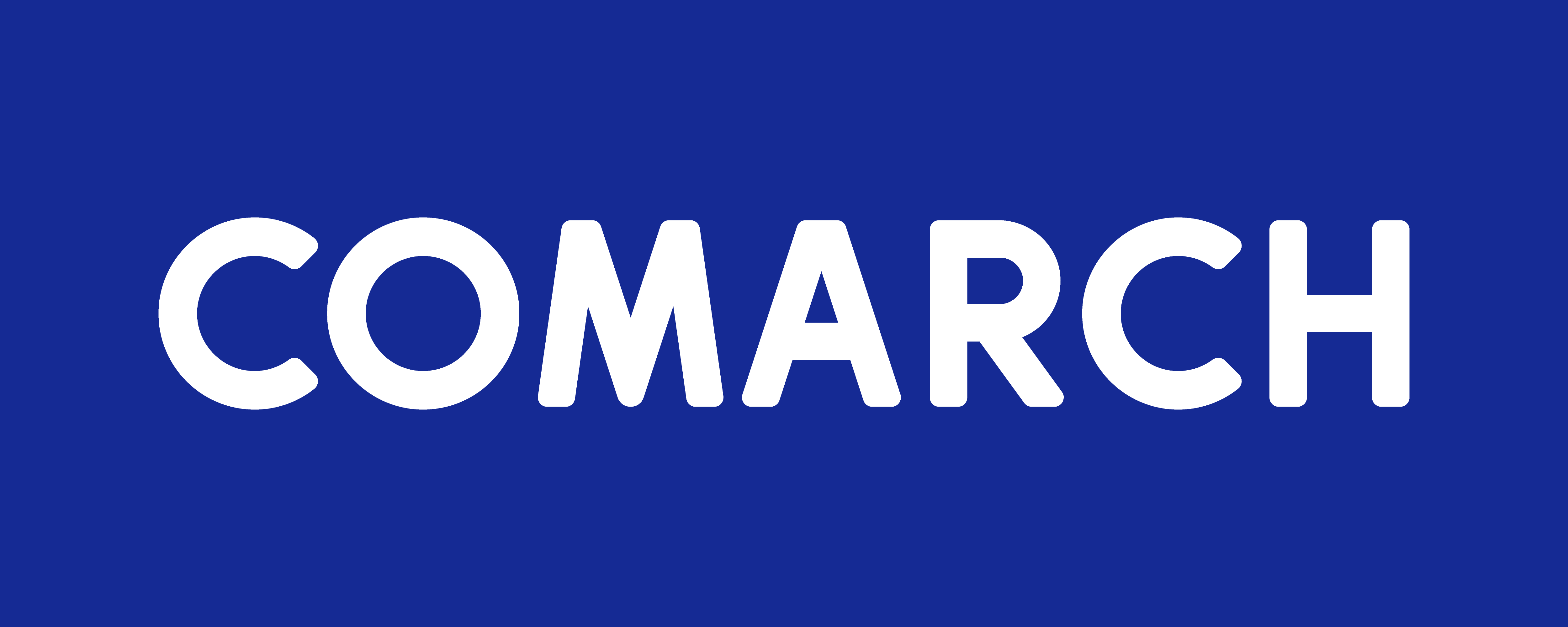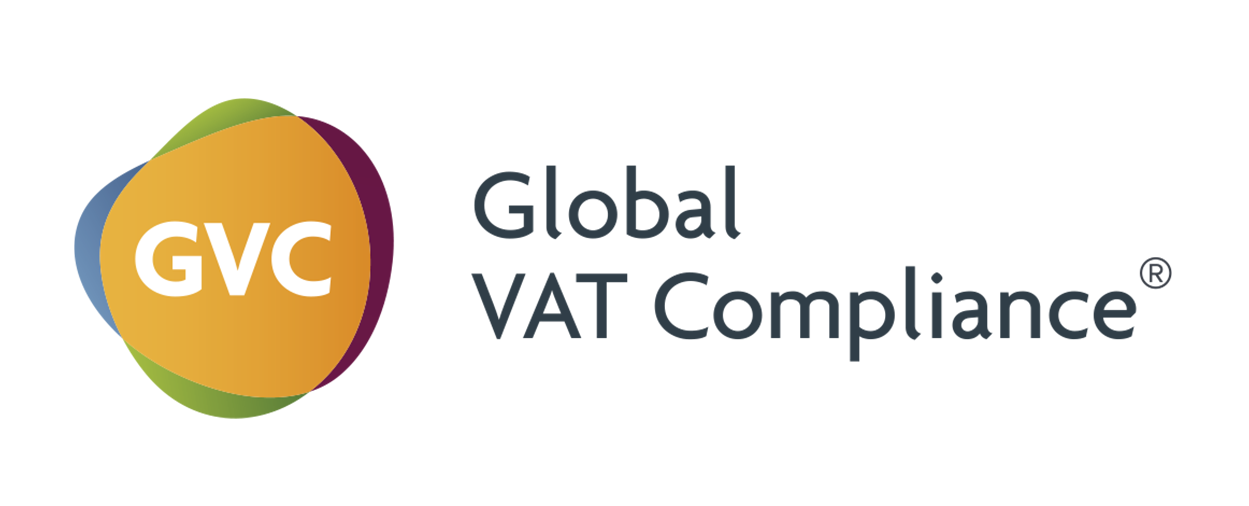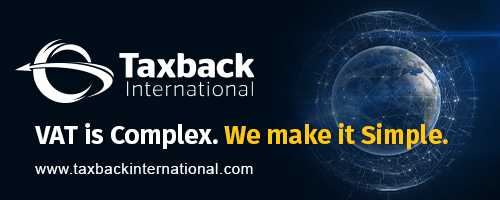- VAT schemes are designed to simplify tax accounting and can save businesses money and time
- It is crucial to compare each scheme with standard VAT accounting to determine benefits
- Some VAT schemes are compulsory and may have specific drawbacks
- The guide reviews several schemes including Cash Accounting, Annual Accounting, Flat Rate, Margin schemes for second-hand goods, Global Accounting, and VAT schemes for retailersCash Accounting Scheme
- Reports VAT based on payment dates rather than invoice dates
- Suitable for businesses with a taxable turnover no more than £1.35m
- Benefits include improved cash flow and no output tax on bad debts
- Not beneficial for businesses that reclaim more VAT than they pay or buy significantly on creditAnnual Accounting Scheme
- Allows businesses to make VAT payments in instalments based on the previous year’s VAT
- Eligible for businesses with a taxable turnover under £1.35m
- Reduces paperwork by requiring only one VAT return per year
- Improves cash flow management
- Not suitable for repayment businesses and may result in higher interim payments if turnover decreasesFlat Rate Scheme
- Simplifies VAT accounting by allowing payment of a flat rate percentage of VAT inclusive turnover
- Removes the need to calculate VAT on every transaction
- The flat rate percentage is less than the standard VAT rate as no input tax is claimed on purchases
- Dependent on business trade type
Source: deeksvat.co.uk
Note that this post was (partially) written with the help of AI. It is always useful to review the original source material, and where needed to obtain (local) advice from a specialist.















